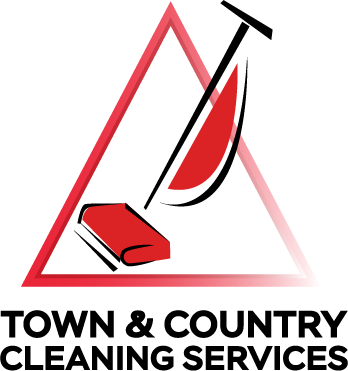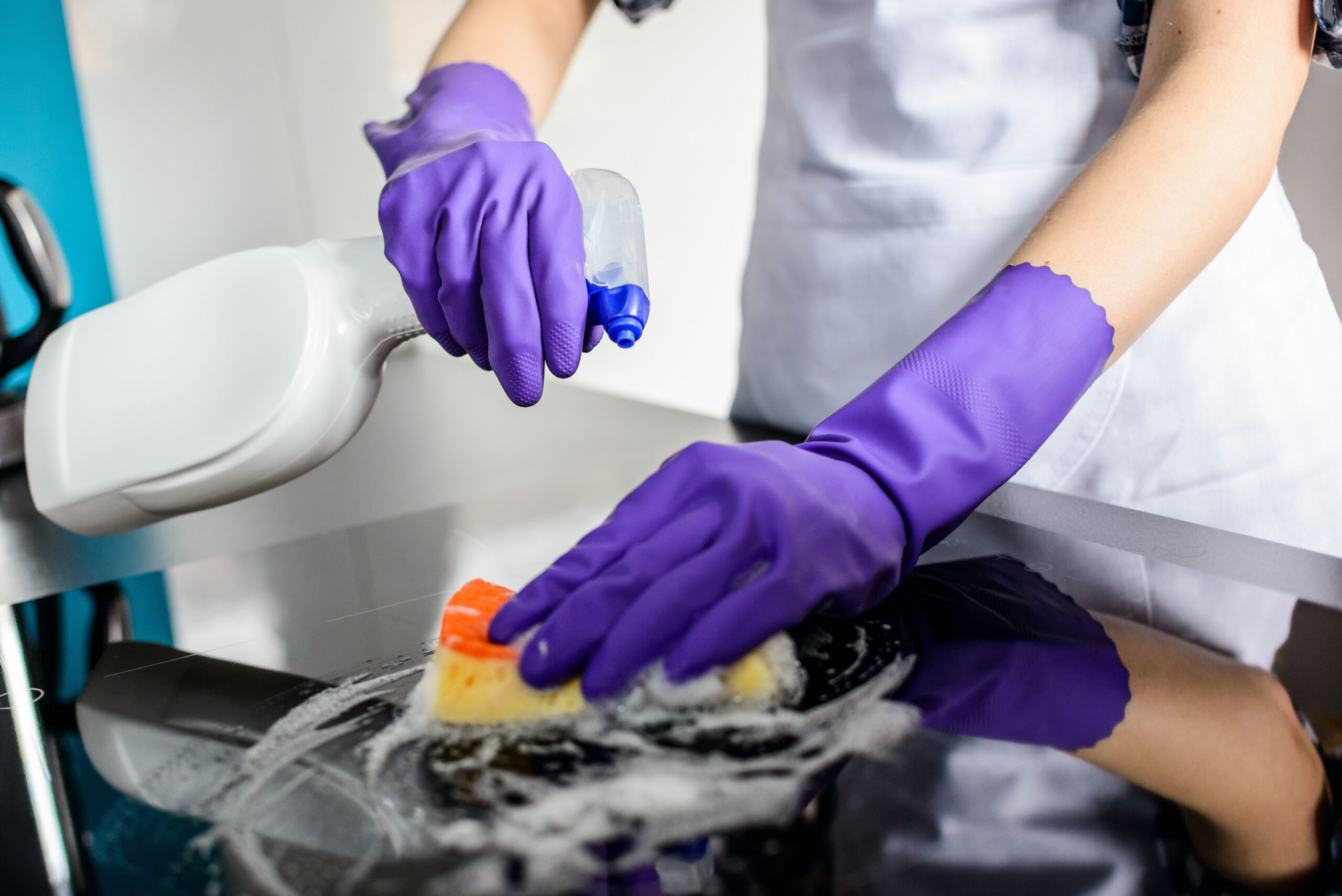Tips for keeping kitchens clean and
bright
Keeping your kitchen clean can seem a daunting task, but it doesn’t have to be. Follow these tips from the pros to keep your kitchen clean and sanitary.
Wipe up spills quickly
This may seem obvious, but it is important to prevent liquids or grease from penetrating porous surfaces such as worn laminate and unsealed stone. Large amounts of grease should be wiped up with a paper towel and thrown away. Large amounts of grease can damage sewer and septic systems.
Professional equipment makes the job easier
Buying top quality tools may cost a little more, but wild more than make up for it in ease and results. Top quality microfiber cloths and mops have been shown to eliminate 99.9% and more of pathogens on a hard surface with just water. Note: that is remove not kill. Microfiber scrub cloths can replace the more common scrub sponges, germ breeding grounds, and can be washed and sanitized along with the other microfibers. A general-purpose cleaner, or even DI water, with the microfibers can handle most day-to-day cleaning. A plastic razor is handy to pop stuck on bits of food. A degreaser is needed for built up grease. Use water or a stone specific cleaner on natural stone.
Dealing with built up grease
Sometimes grease builds up and become compacted. Normal wiping won’t handle this. This is a job for the degreaser. When dealing with built up grease don’t just spray and wipe. Spray the surface and let the degreaser work. The time it takes for the cleaner to penetrate and dissolve the grease is called dwell time. Be patient, and let the cleaner work. Note: grease can dissolve paint and some polyurethane finishes. When this happens the paint will come off with the grease.
Sanitizing and disinfecting
In most cases routine cleaning will bring kitchen surfaces to a Sanitary condition. In cases where there is a known risk, e-coli, norovirus, etc., you may want to use a disinfectant. Keep in mind that disinfectants are regulated by the EPA as pesticides.
Always follow Label directions. Misuse of disinfectants is leading to antimicrobial resistance, similar to the problems we are having with antibiotics. So, when using a disinfectant, clean first, then apply the disinfectant and keep it wet for the prescribed
time for the pathogen you are targeting. (a dwell time that inactivates the COVID virus might only make e-coli more resistant). Check to see if the disinfectant is food safe, and if not, what are the rinsing instructions.
Of course, when you hire a cleaning service, they handle all of this, along with OHSA requirements and insurance. Questions? We’re glad to help.
|
|

